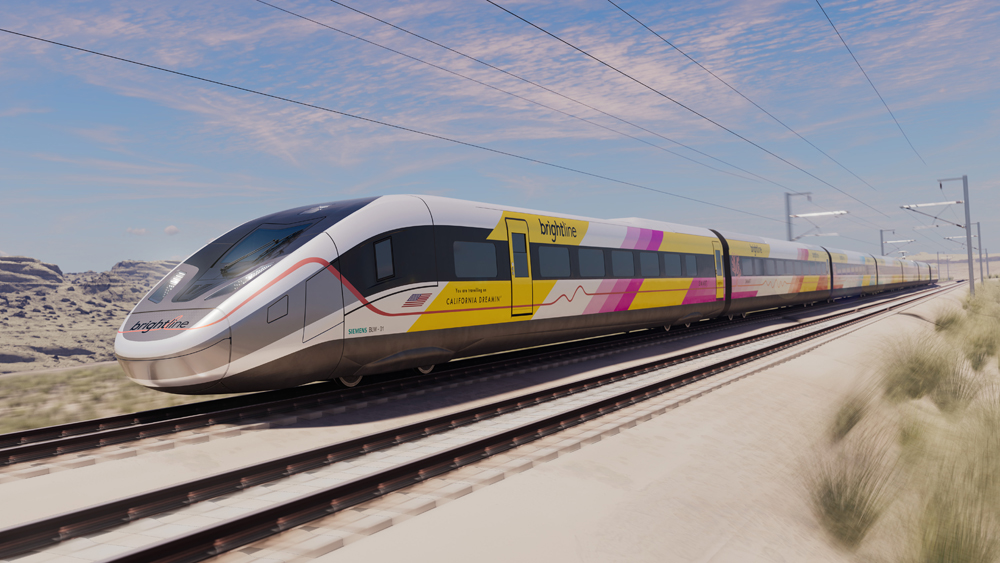BeansTheCat
Active Member
- Joined
- Aug 14, 2024
- Messages
- 106
- Reaction score
- 322
From what I've seen, it looks unlikely that traditional NYC subway cars will be run along the corridor even if it is fully grade-separated. The local Transit Worker's Union (TWU) is very strongly opposed to automation and I believe has a handshake agreement with the MTA to not automate subway lines (I can't find sourcing on this but stopping OPTO was a major negotiating point last contract cycle.) Because of this, if automation is on the table, we'll probably see a fair amount of finagling to call high-floor, high-capacity options "light rail" even if it's a poor descriptor.Yup. They havent decided yet if they are going to pull the trigger or not on the tunnel, so thats why theyre still showing the current plan of light rail vehicles. I agree though that if they do make it entirely grade seperated they need to go full heavy rail. More commonality of equipment, much higher capacity…etc. I have to imagine if they do go with the tunnel those questions will come up.
That being said, running high-frequency consists similar to Vancouver's Expo line (4 cars totaling almost 70 meters long) could be plenty here. Much of the traffic on the corridor will be transfers between other lines and should results in significant lower average trip lengths than other lines would. This means crowding will become a problem at significantly higher ridership levels than other lines.



